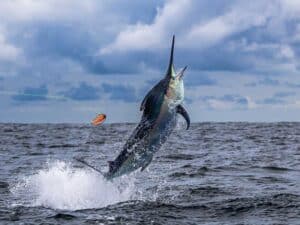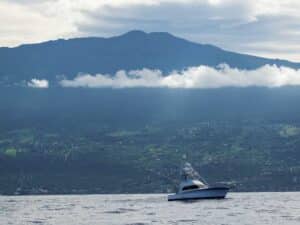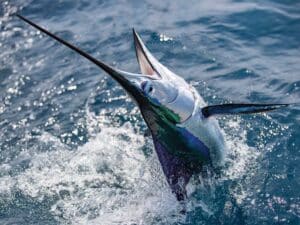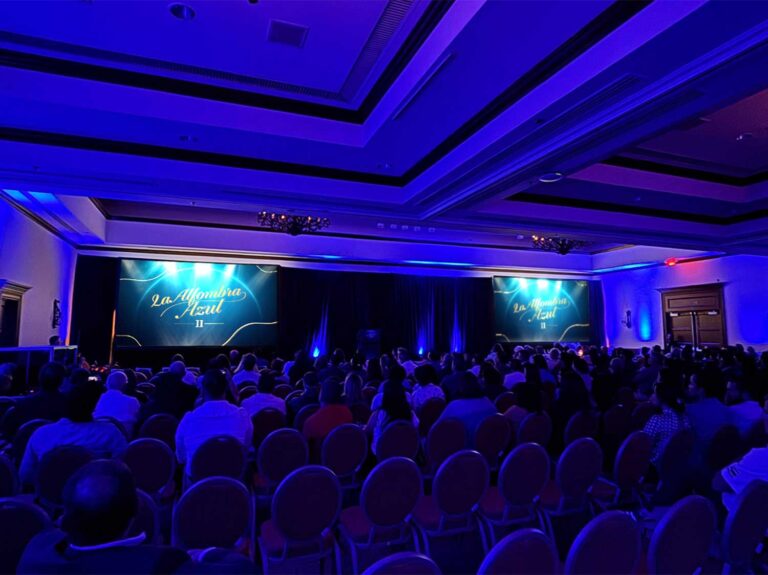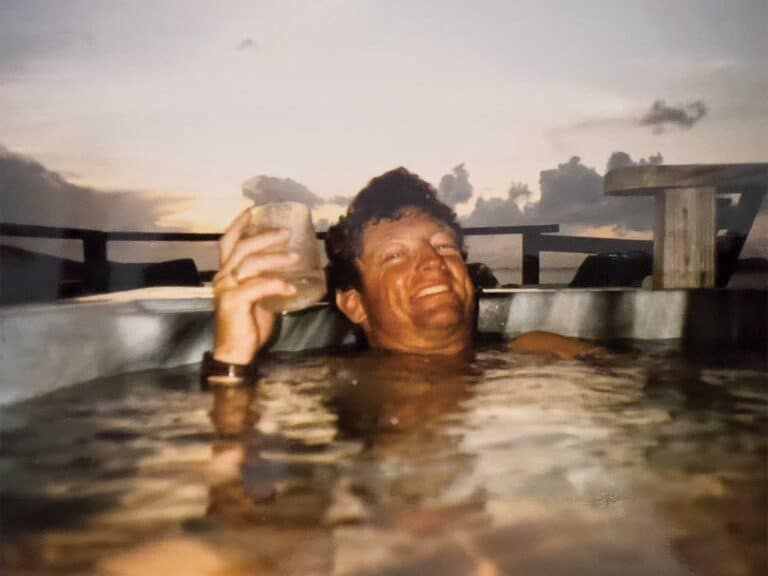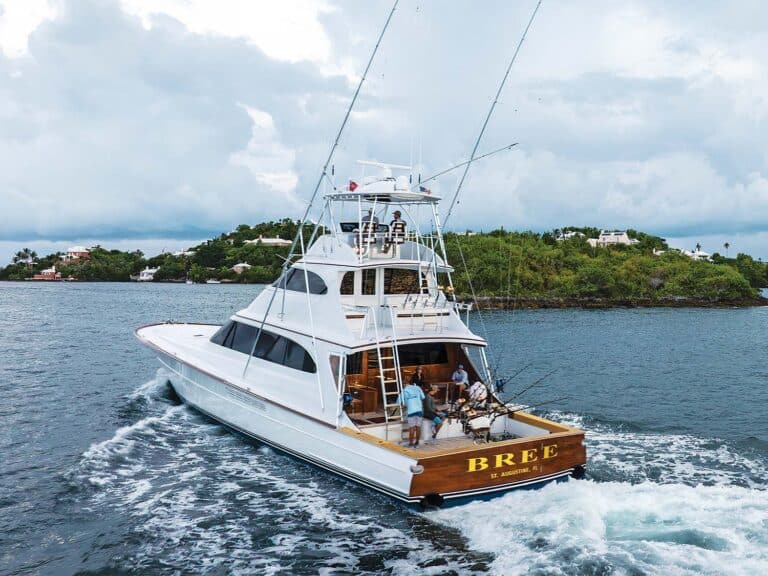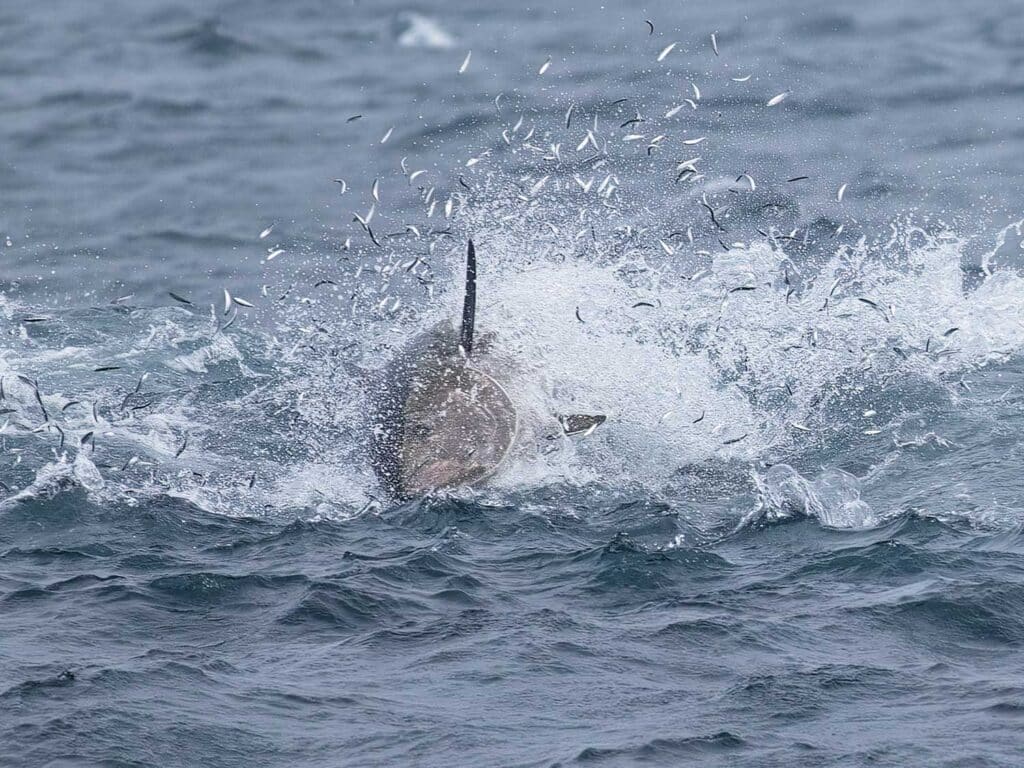
Subscribe to Marlin magazine and get a year of highly collectible, keepsake editions – plus access to the digital edition and archives. Sign up for the free Marlin email newsletter.
Despite strong signs of a rebounding bluefin tuna population from Maine to Texas, 2025 has brought more restrictions—not more opportunities—for U.S. anglers. NOAA recently announced the closure of the Atlantic bluefin tuna recreational fishery for all sizes and areas, effective August 12, 2025. Adding to the frustration is a quota system that gives the U.S. just 3% of the total Atlantic allocation, while Japan—without any Atlantic coastline—receives more than double that share. With management decisions lagging behind what anglers see on the water, many in the community feel their access does not reflect the reality of the resource.
To address this disconnect, Viking Yachts is leading a citizen science campaign in partnership with the University of Maine’s Pelagic Fisheries Lab. The goal is simple: produce more accurate, science-based estimates of the U.S. bluefin population using Close-Kin Mark Recapture (CKMR)—a state-of-the-art genetic method that identifies family relationships in the tuna population to estimate abundance. Compared to traditional stock assessments, CKMR delivers more reliable data, faster—and it relies on one powerful ingredient: angler participation.
Through this citizen-driven project, anglers can still take an active role in supporting smarter management. Even with the closure, fin clips from bluefin tuna released alive remain vital. Viking is urging the community to request a free CKMR sample kit, which contains 15 vials and simple instructions to collect non-lethal fin clips. The target is 2,000 samples in 2025, and every clip counts. But Viking emphasizes follow-through: if you request a kit, be sure to return the samples so that your effort leads to meaningful impact.
The project also depends on financial support. With federal funding on pause, Viking is encouraging tax-deductible donations to the University of Maine Foundation’s High Migratory Species Conservation Fund. Every dollar goes directly to the science—supporting lab analysis, sample kit distribution, and fieldwork, with zero overhead or indirect costs.
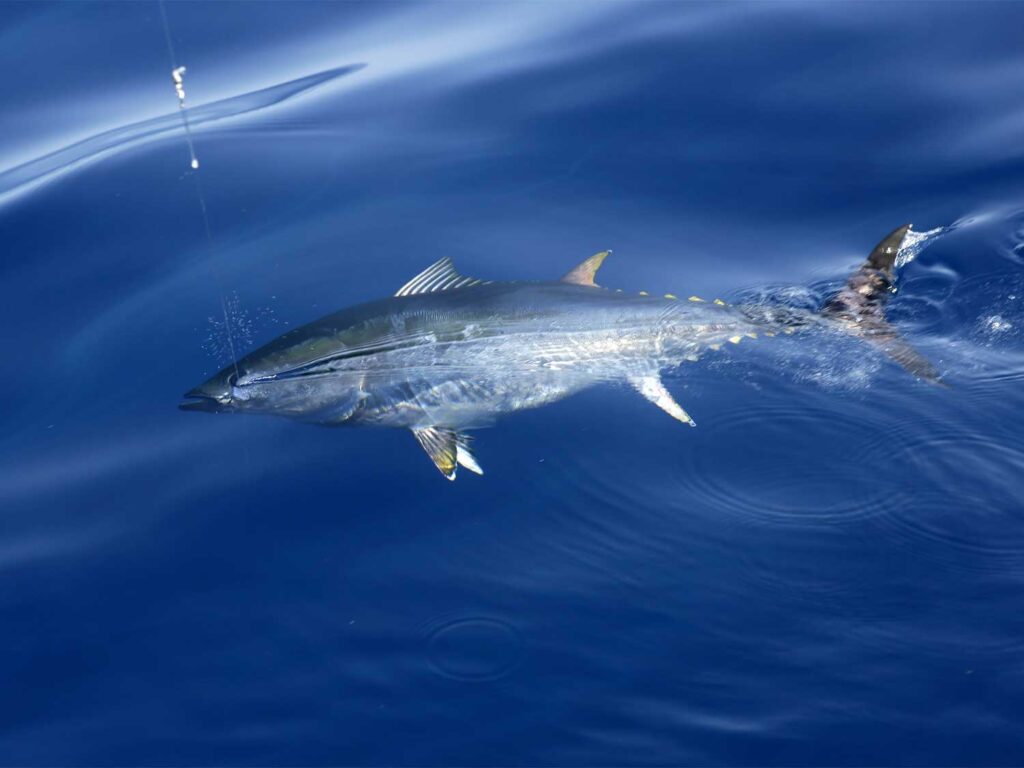
“This is how we break the cycle,” said John DePersenaire, Viking’s Director of Government Affairs and Sustainability. “If the data used to manage the fishery doesn’t reflect what’s actually happening offshore, we need to fix that—and it starts with citizen science. Anglers have the power to make a difference.”
In addition to boat sales, this fishery is a major economic driver for the tackle, marine supply and charter sectors. “We’re looking to these industry partners to support the effort alongside Viking,” DePersenaire said. “More support will lead to greater impact.”
More fish, more catch, more restrictions—it’s a cycle that threatens the future of the fishery. Viking’s citizen science initiative offers a path forward: accurate data, informed policy, and sustained access. Even in a catch-and-release season, anglers have the chance to lead the way.
Clip. Donate. Share. Join Viking’s effort to secure a better-managed future for bluefin tuna—powered by those who know the fishery best. Request a Sample Kit or Donate Today: www.vikingyachts.com/bluefin

